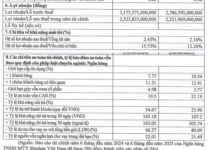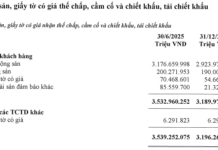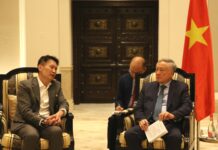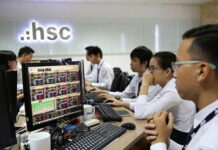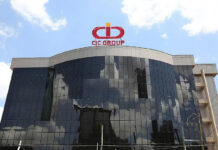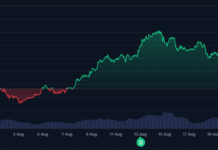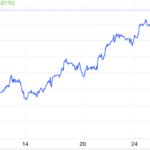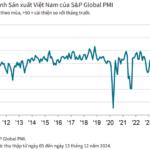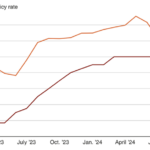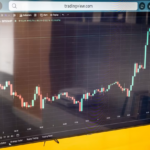The Bank of Japan (BOJ) raised its policy interest rate by 0.25 percentage points to 0.5% on January 24th, the highest level since 2008. This third rate hike in the past ten months is BOJ’s another step towards normalizing monetary policy amid signs of persistent inflation and continued wage growth.
The move was in line with the expectations of economists surveyed by CNBC. The BOJ’s post-meeting statement revealed that the decision to raise interest rates was agreed upon by eight out of nine board members, with only one member dissenting.
Toyoaki Nakamura, who opposed this rate hike, argued that the BOJ should only adjust its policy after confirming the wage-raising capacity of businesses. This suggests that the BOJ will likely wait until its next meeting, by which time, information from the spring wage negotiations will become clearer.
The BOJ officially ended its negative interest rate policy with the first rate increase in March last year, followed by another hike in July.
Following the BOJ’s announcement, the Japanese yen strengthened by 0.6% against the US dollar, trading at 155.12 yen to the dollar. The yield on the 10-year Japanese government bond rose by 2.5 basis points to 12.3%.
The BOJ has long desired to create a wage-price spiral to lift the Japanese economy out of its decades-long stagnation and deflationary pressure. Ahead of this meeting, several senior BOJ officials, including Governor Kazuo Ueda and Deputy Governor Ryozo Himino, signaled their readiness to raise interest rates.
In its post-meeting statement, the BOJ noted that there were “many views from businesses stating that they will continue to steadily raise wages in this year’s spring labor-management wage negotiations, following the substantial wage increases in the previous year,” due to improved corporate profits and a tight labor market.
Tomoko Yoshino, chair of Rengo, Japan’s union confederation, stated that this year’s wage increase must exceed last year’s 5.1% rise as real wages continue to decline. Rengo officially aims for a wage increase of at least 5% in this year’s spring offensive (“shunto”) and hopes for a minimum 6% rise in smaller companies to narrow the income gap with workers in larger corporations.
The BOJ pointed out that with wages continuing to rise, Japan’s core inflation is gradually moving towards the 2% target sustainably. Statistical data released earlier on January 24th showed that the consumer price index (CPI) for December rose 3.6% year-over-year, the highest since January 2023. Core inflation also climbed to a 16-month high of 3%.
The BOJ forecasts that overall inflation could reach around 2.5% in the fiscal year ending March 2026 due to factors such as higher import prices resulting from the yen’s depreciation.
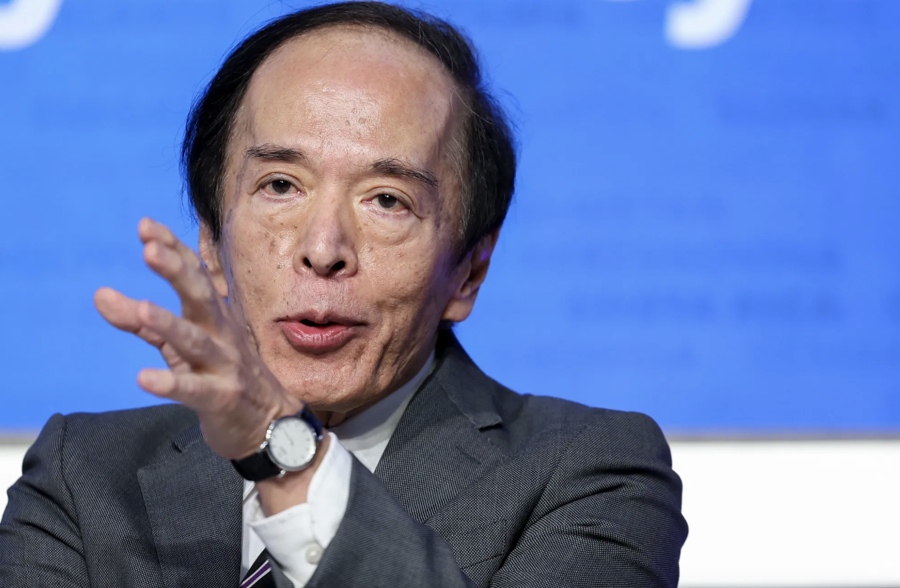
In a report on January 21st, portfolio manager Vincent Chung of T. Rowe Price predicted that the BOJ would continue to slowly raise interest rates, possibly bringing the policy rate to 1% by the end of the year. He also suggested that the BOJ’s rate could even exceed 1% as this is closer to the lower bound of the neutral interest rate range identified by the BOJ.
In September, Naoki Tamura, a member of the BOJ’s board, stated that the neutral interest rate “must be at least around 1%,” although the BOJ has not provided an official forecast for the neutral rate.
Chung emphasized that while Japanese officials have signaled that yen exchange rate volatility is an important issue, Tokyo is unlikely to intervene aggressively in the foreign exchange market to protect the yen as it did last year.
In July 2024, the Japanese yen weakened to its lowest level against the US dollar since 1986, with nearly 162 yen to the dollar. Subsequently, Japanese authorities confirmed that they spent nearly $37 billion to support the yen in July. For the entire year, Japan spent over $97 billion to defend its currency.
According to Chung, inflation in the US could be higher by the end of the first quarter, and along with robust economic growth, there is a possibility that it will push up the yield on US Treasury bonds, leading to a stronger dollar and putting depreciation pressure on the yen.
“Investors should also consider the possibility of a shift in US trade policy and a pause in the Fed’s rate hikes—two risk factors for US economic growth this year that are larger than last year. Therefore, we believe that the volatility of the yen-dollar exchange rate will remain high in 2025,” Chung emphasized.
“Vietnam’s Manufacturing Sector Loses Momentum in Late 2024”
The Vietnamese manufacturing sector faced headwinds in the final month of 2024, as the Purchasing Managers’ Index (PMI) slipped from 50.8 in November to 49.8 in December, dipping below the 50-point threshold for the first time in three months. This marginal decline indicates a mild contraction in business conditions, presenting a challenging landscape for local manufacturers as the year draws to a close.






